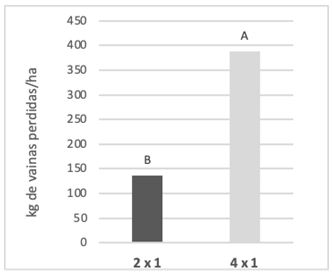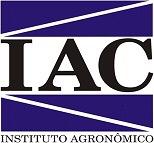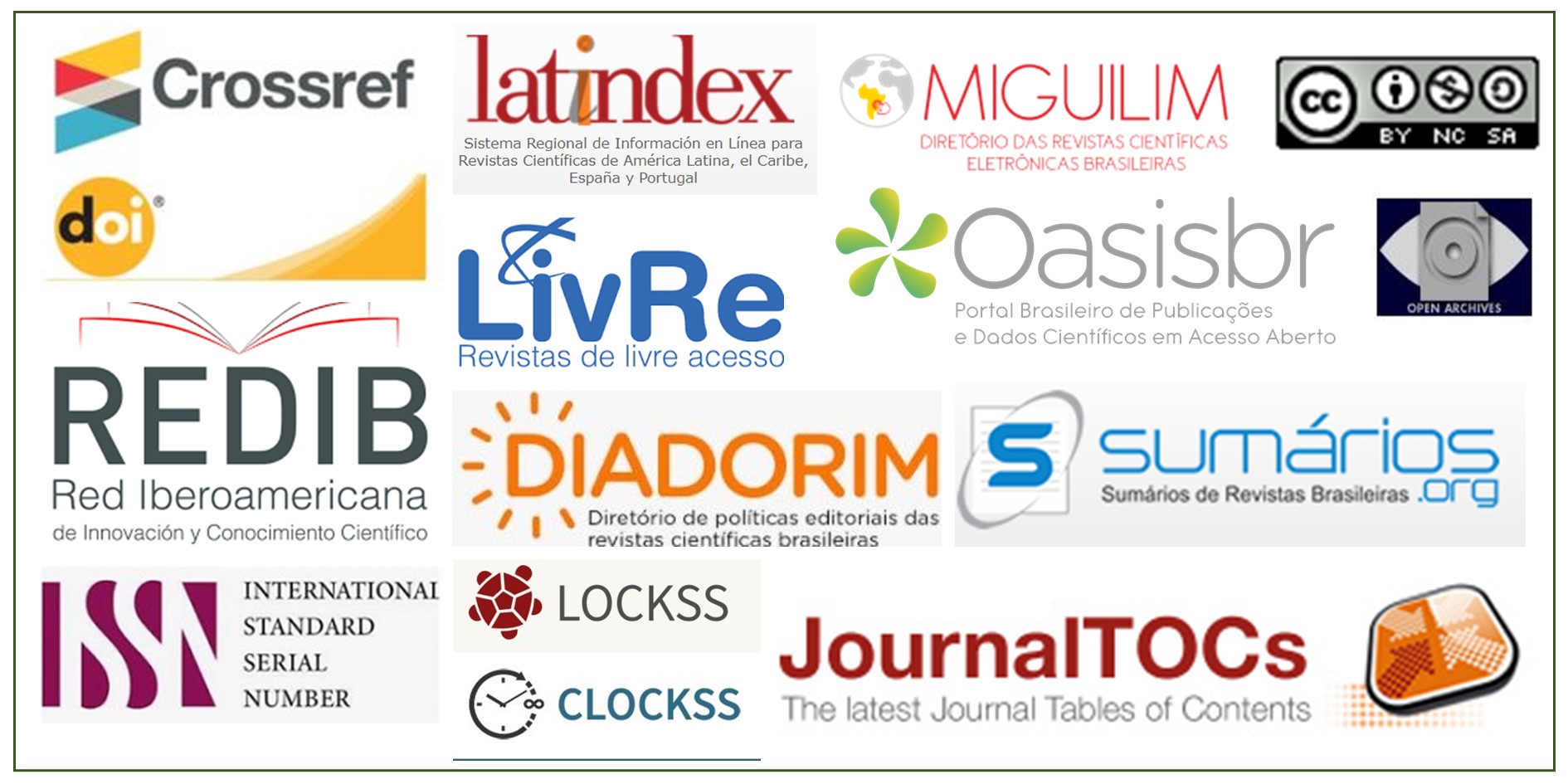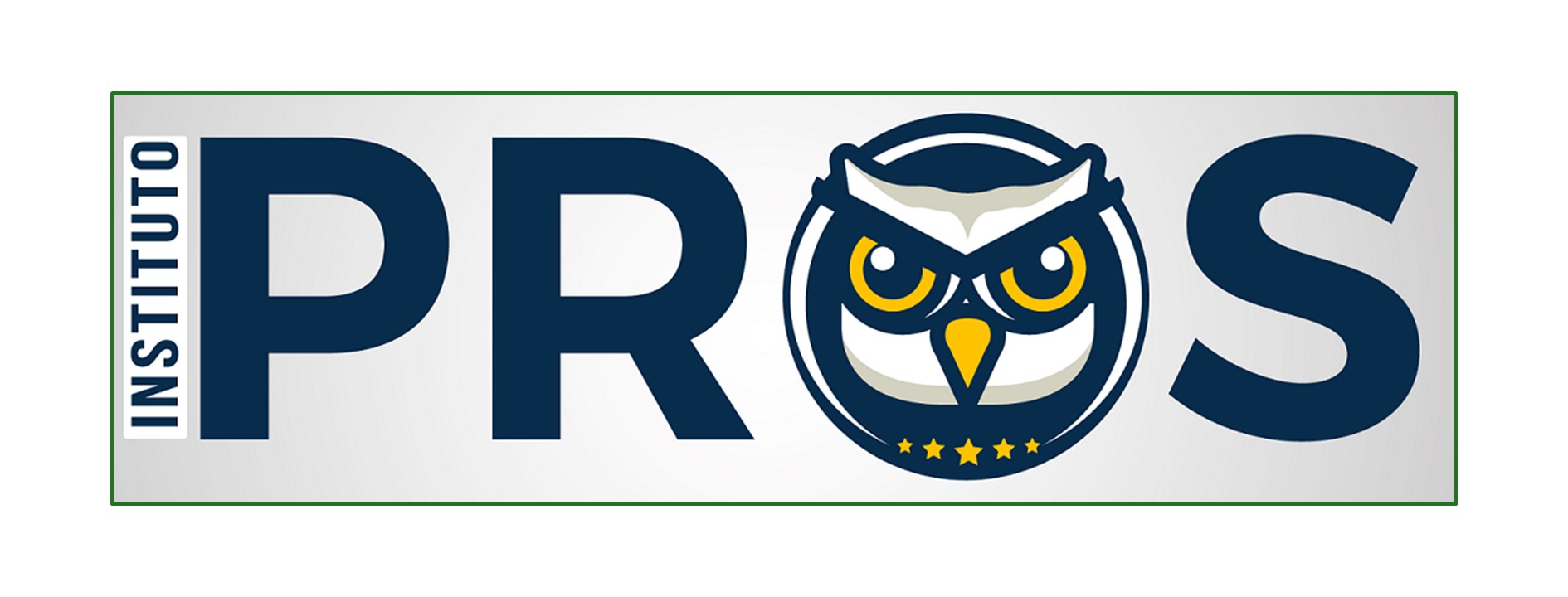Physiosanitary quality of peanut seeds: evaluation of two different digging designs (4 x 1 vs 2 x 1) to speed up the harvesting practice
DOI:
https://doi.org/10.52755/sas.v3i2.176Keywords:
Arachis hypogaea L., Physiological Quality, Vigour, Harvest ManagementAbstract
The peanut plants digging and their subsequent permanence in the field is an unavoidable practice in order to facilitate their later harvest. Arming the rows with more furrows would speed up the tasks, however the effect on the physiological and sanitary quality of the seeds obtained has not been studied. The objective of this study was to evaluate the physiosanitary quality of peanut seeds during their permanence in the field, coming from two digging designs. The tests were carried out in the Peanut Module (FCA UNC, Córdoba, Argentina). The experimental design was completely randomized. The treatments were two rows forming one row (2 x 1) and four rows forming one row (4 x 1). Each plot was 100m, with furrows separated 0.70m. The variables evaluated at 0, 7, 14 and 21 days from the digging were: temperature and windrow humidity, seed humidity, germination, health, vigor measured as seedling growth and conductivity. At the end of the cycle (165 days from sowing) the number and weight of pods lost and the state of maturity were determined. Data subjected to analysis of variance (p ≤ 0.05). Between the two evaluated systems, no temperature differences were recorded in the windrow during the stay in the field, without observing changes in germination, or the degree of maturity reached. If higher moisture content was observed in the 4 x 1 design, which caused higher moisture in the seed, lower vigor and higher fungal incidence. In order to reduce harvest losses and obtain better quality peanut seeds, the implementation of the 2 x 1 system is suggested, even when a longer operating time is required.
Downloads

Downloads
Published
How to Cite
Issue
Section
License
Copyright (c) 2022 José Gamba, Maria Perez, Mauricio Sebastián y Pérez, Matías Torassa, Camila Illa

This work is licensed under a Creative Commons Attribution-NonCommercial-ShareAlike 4.0 International License.
Autores concordam com os seguintes termos:
a) Os autores mantêm os direitos autorais e concedem à revista o direito de primeira publicação, com o trabalho simultaneamente licenciado sob a LicençaAttribution-NonCommercial-ShareAlike 4.0 International, que permite o compartilhamento do trabalho com reconhecimento da autoria e publicação inicial na Revista SAS. A licença permite o uso, a distribuição e a reprodução irrestrita, em qualquer meio, desde que devidamente citada a fonte. Essa licença permite também que outros remixem, adaptem e criem a partir do seu trabalho para fins não comerciais, desde que atribuam a você o devido crédito e que licenciem as novas criações sob termos idênticos.
b) Não cabe aos autores compensação financeira a qualquer título, por artigos ou resenhas publicados na South American Sciences.
c) Os conceitos expressos nos artigos publicados na South American Sciences são de inteira responsabilidade de seus autores.








